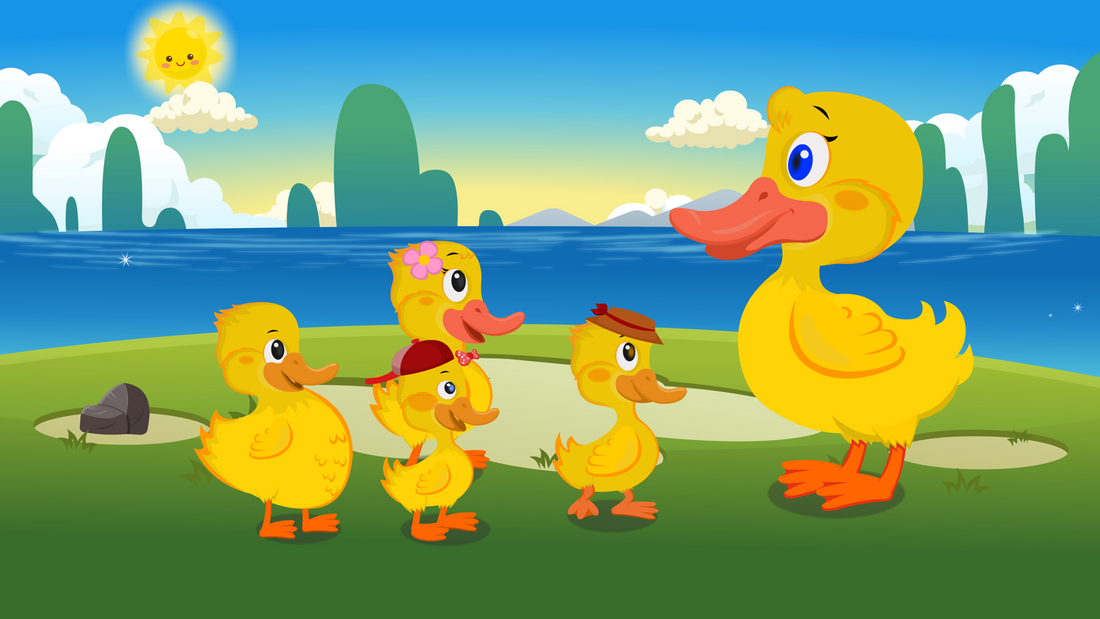
The Power of 2D Animation: Fostering Imagination and Healthy Development in Children
Share
In a world where 3D animation dominates children's entertainment, a small but dedicated group of content creators, including companies like Storybooksong and Idemo Kids, have chosen to focus on 2D animation. As the president of these companies, I firmly believe that 2D animation may be better for children's development, especially when it comes to nurturing imagination and promoting a healthy understanding of reality.
One of the primary concerns with 3D animation is its striking realism. While visually stunning, it can blur the lines between reality and fiction for young, impressionable minds. In contrast, 2D animation requires a greater suspension of disbelief, encouraging children to actively engage their imagination to fill in the gaps.
The ability to distinguish between reality and fantasy is an essential cognitive skill that children must develop as they grow. Exposing them to 3D animation at an early age might interfere with this process, leading to confusion and negatively impacting their mental well-being. Furthermore, 2D animation can foster creativity and critical thinking in young children, helping them understand complex concepts and develop problem-solving skills.
By supporting creators and companies that produce 2D content, parents can ensure a diverse range of entertainment options for their children, promoting healthy cognitive development. Moreover, there is growing concern about the potential connection between digital 3D cartoons and later-life addiction to digital 3D video games, leading to a life lived in a virtual reality 3D world, devoid of real-life experiences.
China, recognizing the potential harm of excessive gaming, has recently limited children to just two hours of video games per week. They understand the disastrous societal implications of unchecked digital consumption. In contrast, major entertainment companies in the United States remain silent on this issue, seemingly profiting from digital addiction.
In light of these concerns, companies like mine, independent animators, and smaller production houses have chosen to prioritize 2D animation in their content. By doing so, they are not only preserving a classic art form but also promoting healthy cognitive development in their young audience. In a world where technology is increasingly encroaching on our lives, it's important to remember that not all advancements necessarily lead to better outcomes for our children.
As a society, we must be aware of the potential pitfalls of relying too heavily on 3D animation and digital content. Parents have the power to save their family's future and, by extension, the future of the world. By supporting a diverse range of 2D animation creators and companies, parents can help ensure that their children are exposed to content that fosters imagination and critical thinking.
Ultimately, the goal is to create a future where our children are equipped with the cognitive and emotional tools they need to succeed and thrive in an ever-changing world. By being mindful of the potential impacts of various forms of media and entertainment on our children's development, we can make choices that will help them grow into thoughtful, engaged citizens who are ready to tackle the challenges and opportunities that lie ahead.
